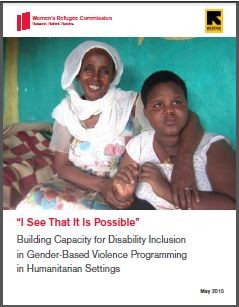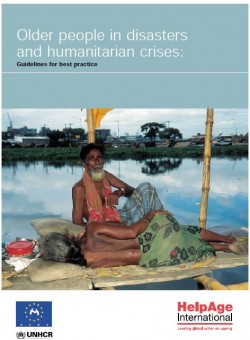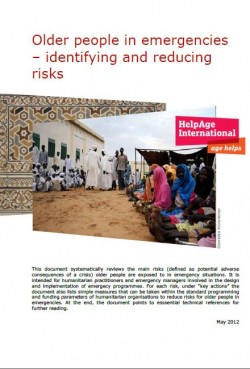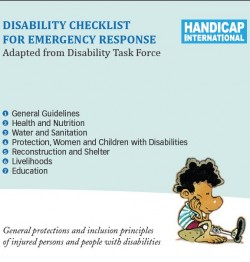Purpose
This report documents the key findings and lessons learned from a project the International Rescue Committee (IRC) and the Women’s Refugee Commission (WRC) conducted to identify the barriers that people with disabilities face in accessing programmes and services designed to prevent and respond to GBV, and to pilot and evaluate solutions for promoting disability inclusion in Gender-Based Violence (GBV) programmes in conflict-affected settings. It concludes with practical recommendations for a range of humanitarian actors, governments and donors to improve disability inclusion in GBV programming in humanitarian settings.
The project was conducted in conflict-affected communities in Burundi, Ethiopia, Jordan and the Northern Caucasus in the Russian Federation.
Overview
- Negative attitudes and discrimination by GBV service providers, family and community members prevented access to GBV prevention activities and response services.
- Inadequate transportation to activity locations and service centres, and lack of use of appropriate communication approaches by GBV practitioners, particularly for people who are deaf or with intellectual disabilities, also served as a barrier to access and participation.
- Caregivers of persons with disabilities report being excluded from activities as a result of being unable to leave the people they care for.
Usage: Learning from experience
Audiences: National Society leadership; Technical staff; Gender and diversity practitioners
Parts of this report: the full report, 2-pager summary and toolkit
Reference: Women’s Refugee Commission (May 2015). “I see that It Is Possible” Building Capacity for Disability Inclusion in Gender-Based Violence Programming in Humanitarian Settings. Pp.1-41. Available from: https://www.womensrefugeecommission.org/resources/document/945-building-capacity-for-disability-inclusion-in-gender-based-violence-gbv-programming-in-humanitarian-settings-overview [Accessed: 18th July 2016].
![]()





